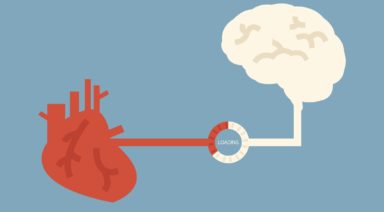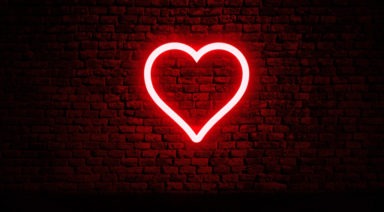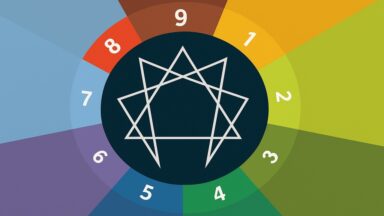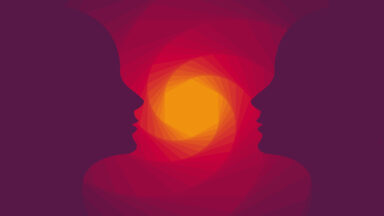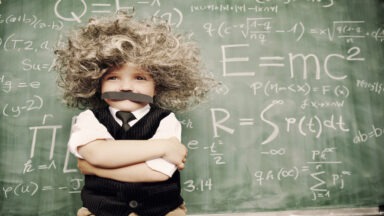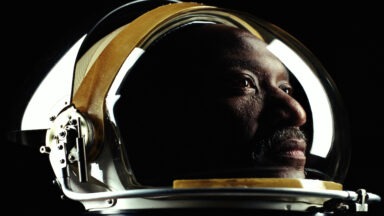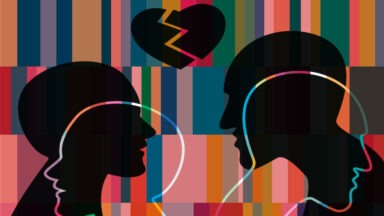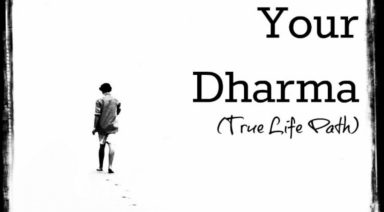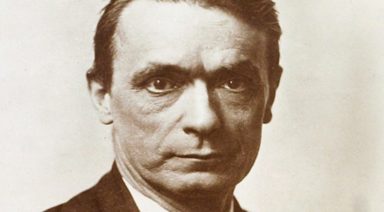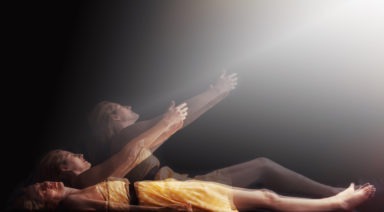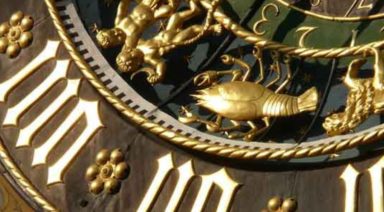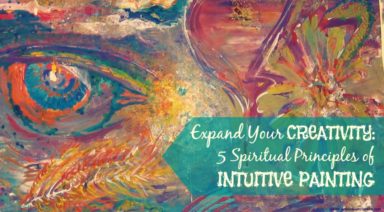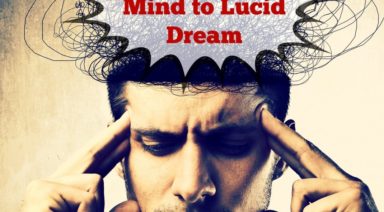The Brain-Heart Connection
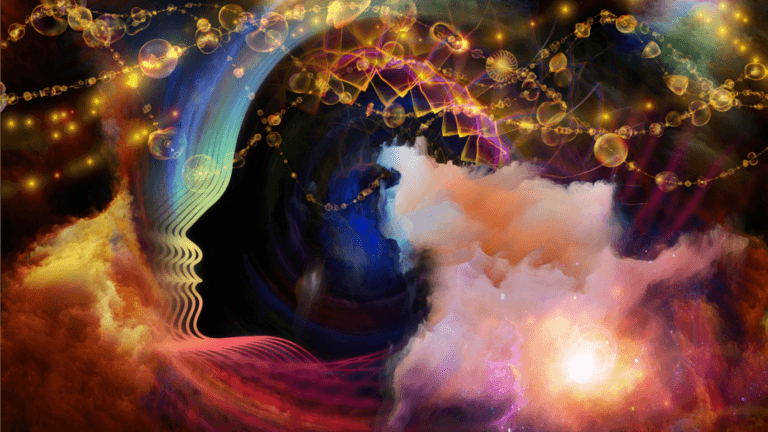
The brain: a 3-pound mass of protein, fat, and 100 billion neurons where thoughts are processed and stored. The heart: a half-pound, fist-sized electrical system capable of pumping up to 2000 gallons of blood through the passages of your veins and arteries in one single day, where emotions are believed to be deeply felt.
Both physiologically and psychologically speaking, the brain and the heart provide us with sustaining necessities. Lifetimes could be spent focusing on one or the other of these human super-entities individually; indeed this has been the case for thousands of cardiologists, neuroscientists, and spiritual leaders spanning the history of humankind seeking to unearth information about two of the most powerful drivers of life.
History of the Brain
When laying the foundation for a discussion on the brain/heart connection, it is important to consider the history of each. The organs of the brain and the heart have each seen their own evolution in terms of biological discovery, investigations, and spiritual symbolism.
The first written recording denoting the brain hails from Egypt on a papyrus scroll written about 1700 BC, as part of a document composed of 48 major injury cases, of which 28 noted were head injuries. This document, known as the Edwin Smith Surgical Papyrus, details a wound that had opened both the skull and the brain, a never-been-seen before medical analysis. Interestingly enough, the medic performing the examination mentioned pulsations of the brain itself; we now understand this as a reference to the pulse of the heart. According to Dr. Eric Chuder at the University of Washington at Seattle, ancient Egyptians did not recognize the importance of the brain’s functionality; in preparing the deceased for mummification, organs were extracted from the body. While the heart and other organs were removed and stored in jars close to the body or replaced back into the body itself, the brain was thrown away. It wasn’t until developments in the time Classical Greece and Rome that the brain began to gain recognition as a vital organ.
History of the Heart
The heart has been an object of scientists’ affection for centuries. Aristotle, the Greek philosopher, declared, even glorified, the heart as human being’s most prized and necessary organ controlling all functions of the body as well as thought and emotion; Ancient Egyptians regarded the heart as the center of all life. Unlike the brain, early understandings of the heart put this particular organ on a pedestal from both scientific and spiritual angles, figuratively and quite literally.
Drawn symbols of the heart similar to what we identify with today can be traced back to the Ice Age when Cro-Magnon hunters 10000 to 8000 BC first began using the shape.
In Ancient Aztec culture, communities paid respect to the gods they believed to be responsible for their existence through human sacrifice, and in doing so would ask for abundant crops amongst other requests. An important aspect of this ritual was removing the sacrificee’s still-beating heart on an altar as part of a ceremonious offering. Countless religious texts including the Bible often reference the heart to note the intention behind particular decisions and personalities, both positive and negative.
History of the Brain-Heart Connection
Hundreds of years of research and observation of the heart and brain eventually led to the manifestation of knowledge establishing the existence of the brain/heart connection. Anatomically speaking, Aristotle believed that other organs, including the brain, served as cooling agents for the heart. As further research began to unravel over the course of history, the dominance of the proven facts behind the brain’s functions took precedence over the mysteries of the heart, whose importance, up until the last few decades, has been somewhat demoted and whittled down to its existence as a glorified pump. It has become common knowledge that the brain sends signals to the heart by way of the autonomic nervous system, causing the pattern of heartbeats to slow, flutter, pound, and the like; it is commonly mistaken that the heart simply intakes cues from the brain and a change in palpitation patterns ensues.
Recent Research
According to research conducted over the course of the last four decades at the HeartMath Institute, the brain-heart connection influences each moment in which we exist.
It has been proven more recently that the heart does indeed respond back to the signals sent from the brain, and sends its own organically created messages by way of what is known as the intrinsic cardiac nervous system, and composed of cells found in the brain.
You can think of the communication between the brain and the heart as being spoken in the same language using four distinct dialects; neurological, biochemical, biophysical, and energetic exchanges occur and create unique results. When the body and mind experience stressful conditions, the rate of our heartbeat increases. This, in addition to other effects, often maims our capacity to make well thought out decisions, retain pertinent information, and pay attention to our surroundings; in short, cognitive functions are grossly stunted when feelings of overwhelm and anxiety are experienced. Stress in its many forms takes a toll on all facets of our health and wellbeing.
Positive emotions and experiences have quite the opposite effect. When we experience joy, happiness, and the sense of freedom, for example, our heartbeat and thoughts become in tune with one another, bringing us into a state of homeostasis, or balance . When thoughts and the heartbeat are recognized as being in neutrality, it has been proven their rhythms are erratic in nature; when we have the opportunity to reach homeostasis is when everything functions in sync.
Brain-Heart Connection and Meditation
Phrases such as “speaking from the heart,” “crying your heart out,” and the like truly do hold merit beyond common word play. Learning to access our emotions in an intelligent and useful way is possible when we employ the tool of meditation, which, according to the Center for Disease Control and Prevention, over 19 million Americans are engaged in a as a regular practice.
Meditation offers us a platform for awareness and connection within self, and brings us closer to a place of balance, physically, mentally, emotionally, and spiritually. Unveiling these pathways to our personal fortification helps us to show up fully, whether we are called to stand up for ourselves, manifest with clear intention, or engage with unexplainable phenomenon.
Making sure our minds and our hearts are individually healthy is imperative for our wellness and longevity. It can be almost overwhelming to consider the independent power both of these organs posses in terms of the sustenance of life. Setting aside time for connecting our brains to our hearts can assist us in living at our highest level of intuition and vibration. Just as the heart beats in different patterns depending on neurologically transmitted signals, the energetic frequency at which we live reflects this in its tendency to ebb and flow.
A seated meditation practice can be useful for getting in touch and finding congruency between the body’s natural metronomes: the brain, the heart, and the breath. In a place of conscious, engaged centeredness, you are able to lay down the tracks on which your emotional resilience, which the HeartMath Institute defines as, “the capacity to prepare for, recover from and adapt in the face of stress, adversity, trauma or challenge”, can travel with ease when faced with any kind of interruption inflicted upon the brain and the heart.
How to Practice Your Own Brain-Heart Connection Meditation
- Prepare yourself for seated meditation: If you are new to the practice of mindfulness and sitting, make sure you are comfortable and prepared.
- Find a guide that is right for you: HeartMath Institute offers a technique called the Quick Coherence Technique, a three-step process focusing on attention, breathing, and feeling.
- Be experimental: If a seated meditation practice is not your cup of matcha, an invigorating yoga practice focused on the flow of these same energies can also help to bring you into greater connection within.
- Journal about your results and revelations: Being able to look back on your journey can be a method of inspiring from within, no matter what kind of practice you are focusing your energy on.
How to Connect With the Divine Energy Your Higher Self Holds

Connecting with the Divine Energy within your Higher Self can be a transformative and enlightening experience. It can guide you toward a deeper understanding of your true nature and spiritual potential. To embark on this journey of self-discovery, you’ll need to do a couple of things that seem easy but might be harder than you think in practice. From finding a quiet and peaceful space to silencing your mind and communicating with the divine, it requires more than simple meditation. Divine Energy pervades all of existence. Embrace this connection with an open heart, and let it illuminate your path toward spiritual growth and self-awareness.
What is the Higher Self?
The Higher Self, also known as the Divine Self, is the Self that exists at an even higher level than the soul; it is in every human being ever born. It is the true self essence of the Universe that dwells in your being, the source of all light and life within you, and your true motivation for living. It is a belief held by Hindus and New Age thought alike.
The Divine Self is what powers you and makes you wonder. It is the spiritual journey of the soul light at your core that chose to be incarnate at this point in time. It’s ever-aware and has been thinking since you began existing in this lifetime, and since your birth in other lifetimes. The body and the physical realm, in which we dwell in our own life, are thought to be but a vehicle for the Higher Self.
Divine Energy and the Higher Self
Divine Energy is the sacred yet infinite force that connects everything in the universe and transcends the physical world. It is believed to provide life, consciousness, and creation with things like love and wisdom. The concept of the Higher Self is closely related and represents the purest essence within individuals that connects them to the Divine Energy. Aligning with the Higher Self allows one to access ancient wisdom and spiritual growth – leading to a deeper understanding of one’s purpose and a sense of oneness with all creation.
If you’ve ever experienced synchronicities, where coincidences that are too uncanny to be coincidental occur in your life, you may be in the process of connecting with your higher self.
In the same beliefs, the soul is closer to the personality and is an intermediary between the person and her Divine Self until such time as she is able to directly experience and realize the Divine Self as who she is.
How to Contact Your Higher Consciousness
If you’re interested in opening up to your Divine Self, the practice promises guidance, peace, harmony, and illuminating light through its higher knowledge. Believers also claim that you can more easily turn away from the distractions of the physical world, and restore yourself in the light, love, and power of this eternal Self, because it will reveal the illusions, desires, and attachments that keep you trapped in a lower vibration and on a lesser path, thus enabling you to find your higher path. You are also supposed to gain a greater ability to recognize limiting, disharmonious, and restricting energies and forms.




